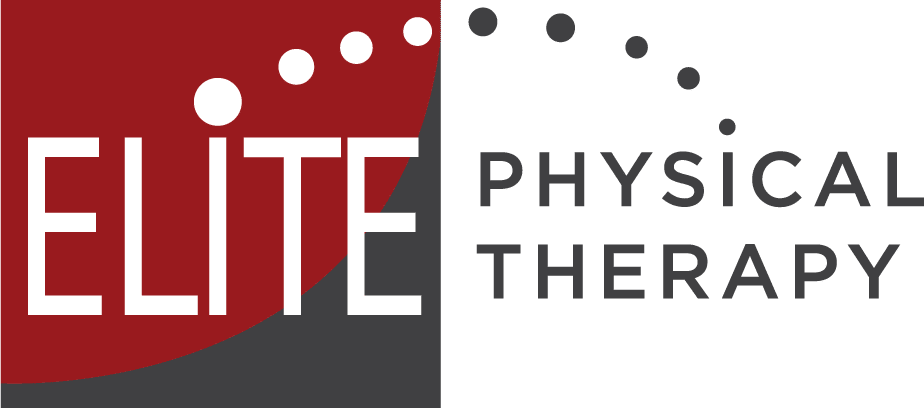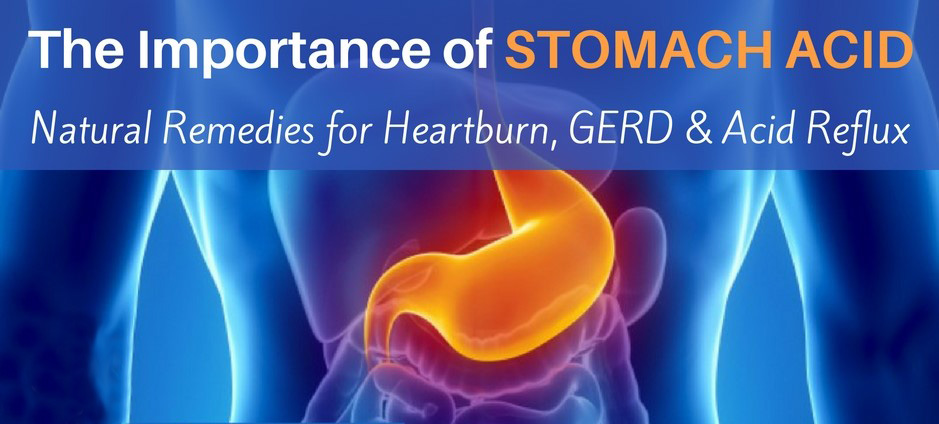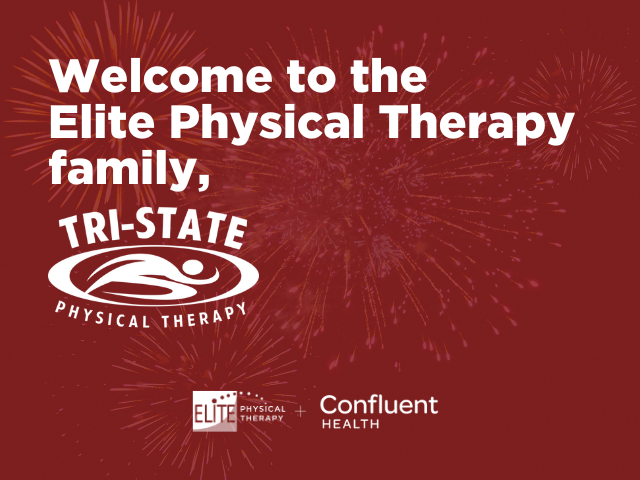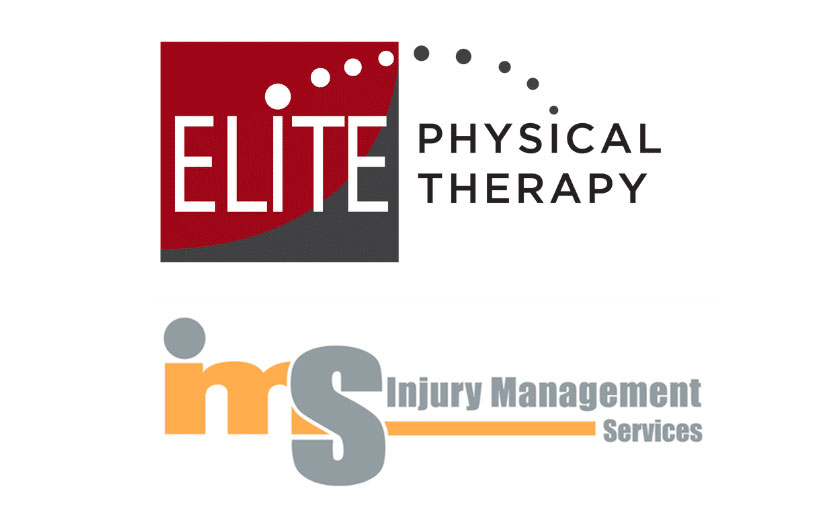By Elizabeth Cassano, Functional Medicine Health Coach
- What is actually at play (vs. a diagnosis that is confusing or unclear) – Education
- How it can be changed (vs. the default belief that it’s a long-term given which you now have to “manage”) – Inspiration
- Who you are in owning your own healing and health (ownership makes a return to health sustainable and satisfying!) – Empowerment
In the center of your chest, there is a small, muscular tunnel that separates the end of your esophagus from your stomach. Think of it like a fist that can be closed tightly or loosely. It’s called your lower esophageal sphincter (LES). When you’re eating, the fist should be open and loose, so food can travel to your stomach. At all other times (unless you need to vomit), the sphincter should be tightly closed. This prevents all food and digestive fluids from traveling upward. Acid reflux is just having a loose sphincter when it should be tight. It does not mean that there is too much stomach acid.
Your stomach produces a few different digestive juices. A primary dominant one is hydrochloric acid (HCl). One of nature’s strongest acids, HCl is designed to make breaking down proteins easier, like the meat in that burger or the steak you just ate. It’s also part of your passive immune function, killing pathogens that might otherwise move in and set up shop in your intestines. If you put HCl directly on your hand, it would quickly burn you. Another key “digestive juice” component is pepsin, a digestive enzyme that breaks down protein. HCl activates pepsin and starts protein digestion.
If digestive juices are in the wrong place, it hurts. In part, because of the acidity and because the pepsin begins to digest your tissue instead of your lunch! Animal research also shows that pepsin in the esophagus triggers an inflammatory cascade which might be the largest driver of reflux pain.
The cells of your stomach lining are coated with mucus to protect them from digestive juices. The lining of your esophagus is not nearly as well coated. So when the LES is loose and these juices bubble upward, it hurts. Acid reflux is not evidence of excessive stomach acid; it’s evidence of stomach acid in the wrong place.
There are numerous reasons why you might have acid reflux. I’m going to share some of my top tips for getting your acid reflux to go away. Not because you have to pop a TUMS or use a PPI, but because you can get rid of the true root cause(s). And your long-term health depends on it!
Top Tips for Getting Rid of Your Acid Reflux:
Slow Down, Sit Down, and Chew, Chew, Chew. This is what I referred to in Part 1 of this Gut Heath Series as Preferred Eating Hygiene. Check back to Elite’s January newsletter. Chewing is THE only form of digestion that we can control. Once we swallow, we lose control of the digestive process. The average American chews each bite of food only a few times (notice your own habits as well as that of those around you, you might be shocked) before swallowing it. Often, chasing it with several gulps of water, iced tea or worse, soda.
Many of us eat so quickly that meals feel like a race OR an annoying must-do to put hunger at bay. I share with my clients that meal time can be a very real form of self-care AND health-care. Try to chew your food until it’s mostly liquid. This significantly reduces the workload you put on your stomach. I know this seems simple yet it can significantly reduce reflux challenges. Chewing your food, in particular meats, processed and big foods, 20-30 times per bite and not drinking too much liquid with meals (see below) is a recommended technique for improving the digestive process.
Avoid the Big Gulp. Certainly it’s fine to have some water along with your meals, however meal time is not the opportunity to tank up on hydration. Too much liquid during meals can dilute your stomach acid and make it less potent, leading to belching and bloating. Food can also hang around in your stomach longer than it should and ferment. Gas builds up, pressing on the LES that eventually blows open – causing symptoms of reflux.
I recommend to my clients – especially those with GERD and indigestion – to focus on steady hydration in between meals with just a small glass of water during meals to help clear the palate or swallow a vitamin, supplement or medication that is recommended to be taken with food.
Don’t Over Stuff a Small Sack. Sometimes our LES gets blown open by the sheer volume of food we try to cram into our bellies. This is especially true when we eat out at restaurants. Yes, the stomach will only stretch so far. No surprise that research shows better digestion for people who eat smaller meals. Note this is not the same as “grazing.” Your body needs a break from digestion, so eating here-and-there all the time can be counterproductive (the GI tract’s cleansing waves aka MMC – the migrating motor complex – don’t happen while we’re digesting food). If we eat more slowly, we also allow the body’s natural hormonal satiety triggers (e.g. cholecystokinin – CCK) to work properly, so we don’t overeat.
Some clients experience dramatic GERD relief when they get into the habit of putting the fork down when they feel ~80% full. It’s important to leave room for digestion to take place. Imagine filling a cup of coffee to the rim then trying to stir in the cream without it spilling over.
Wear loose clothing around your midsection. If you wear a tight belt or waistband, you put tremendous pressure on your digestive organs (pregnant women can attest to the frequency of GERD due to physical impingement of organs and cavities). This can push food and digestive fluids physically upward and beyond your LES.
Address a need for magnesium. This is a common widespread nutrient deficiency. The USDA estimates that the majority of Americans don’t get optimal intake of magnesium. It’s less present in our agricultural soils, therefore it’s less present in our foods! Low magnesium can cause your muscles to be too tight or to spasm erratically. This includes the LES. Note: different forms of magnesium support different “functions” of the body.
Stop eating foods that cause your LES to spasm. Ok, here’s a big one. Unfortunately Americans love some of the foods which are most irritating to the LES. If you struggle with daily GERD, I encourage you to consider giving your body a break from these foods. Yes, I understand it’s hard because these foods are plentiful and you love these foods! You’ve been eating them for years. STOP there. Think about what life could be like IF you tweaked your habits and changed up some foods. Continuing to eat them and just popping a pill to ignore the pain is likely to turn into a serious downstream dysfunction or illness. That pill is not supporting the root cause.
Each person has their own trigger. Here are some of the more common and powerful ones: cooked tomato sauce, citrus juices, coffee, black tea, soda, alcohol, peppery or spicy foods, fried food, chocolate, and things with mint in them (e.g. gum, mints, toothpaste, tea). Eliminating – or at least dramatically reducing – these foods while working on other root causes can bring important rapid relief.
Don’t eat or drink anything for 2-3 hours before bedtime. Is you reflux worse at night? This is when all of our muscles relax, at least a little bit, including our LES, and then we go horizontal. If you put food in your stomach and then go to bed before it’s fully digested, reflux is much more likely. If this is your struggle, I encourage you to eat smaller meals throughout the day versus one big or heavier meal in the evening. Shift your larger meal to lunch time. Target going to bed with an empty stomach – but not hungry. Avoiding food for a full 2-3 hours before bed is also an excellent way for many to improve the quality of their sleep.
Fight-or-Flight as a way of Life. The go-go-go and do-do-do of our culture can easily promote chronic mental/emotional stress. This puts us in a “fight or flight” (sympathetic) nervous system mode. When this happens, it is quite normal body functioning for digestive secretions and peristalsis to be reduced in order to support other bodily functions that promote survival (e.g. running for your life). And they are notably reduced by 30-60%! We are created and intended to live primarily with our parasympathetic nervous system mode active (aka “rest and digest”). It’s important to understand that the direct connection between stress and chronic GERD is a powerful tool of empowerment. This is especially true at meal time and why a few calming breaths and a conscious effort to sit and relax the body prior to, during, and after eating can help alleviate acid reflux.
Consider common medication triggers. These include a rich variety of oral drugs such as nitrates, anticholinergics, benzodiazepines (common for anxiety or insomnia), calcium channel blockers (common for hypertension), and theophylline.
Common, long-term use of acid-suppressing medications, in particular Proton Pump Inhibitors (PPIs) such as Prilosec, Prevacid and Protonix, can be a contributor. These medications, including over the counter, were originally developed to help those with gastritis or ulcers to heal and were prescribed for a few weeks at most. PPIs can impair absorption of critical protein and minerals that, over years of use, can be the true root cause of ailments such as osteoporosis, arthritis, depression, heart disease, and diabetes. NOTE: don’t just suddenly stop cold-turkey taking these meds; that can actually do more harm than good. GERD root causes for a unique individual should be addressed before weaning off of acid-suppressing drugs. A progressive titration downward (typically over 6 – 8 weeks) allows the body to adjust, and during the weaning, targeted supplements can help to fortify and soothe the protective mucosal lining in the stomach.
Food sensitivities. In many cases, people know that certain foods trigger their reflux (beyond the LES irritants included above). Dairy foods (e.g. milk, cheese, cream, ice cream) are a major triggers, too. Dairy elimination from the diet brings tremendous relief. Other food sensitivities might be at play as well (e.g. gluten, soy). While food sensitivity testing is available, no single test assesses all possible pathways by which the immune system can react negatively to a food. In most cases, for GERD in particular, a simple elimination experiment works very well (e.g. 2-3 weeks cold-turkey elimination before reintroduction – introduce only one food category at a time every three days).
If addressing all of the above fails, keep going until you find the root cause. It’s not simply because: that’s just a part of life or that’s the way it’s always been or because we are old. Consider and rule out other physiological drivers of chronic reflux. In particular, I encourage you to work to find out if you have any of the following.
- H pylori bacterial overgrowth (this is an endemic human bacteria that, when overgrown, commonly causes ulcers but can also cause chronic GERD – diagnosed with a simple breath or blood test)
- Insufficient stomach acid (hypochlorhydria, actually very common as we age and in those with thyroid, adrenal, and/or chronic stress issues – and a strong likelihood if these individuals struggle with belching all the time). It actually Is possible that there is excessive stomach acid at play too (more common in a duodenal ulcer vs. a peptic one, for example); it’s just not a common contributor.
- A hiatal hernia (a simple x-ray).
Consider this: upwards of 80% of your immune system resides in the gut. The stronger and more in check the gut is, the stronger the immune system is to support you on the daily.
Have questions, I’d love to hear from you. Drop me a line at [email protected]
Here’s to excellent gut health.
Cheers!
| Article By: Elizabeth Cassano – Functional Medicine Health Coach Elizabeth is a multi-passionate entrepreneur, a Functional Medicine Health Coach, and a warrior and advocate of her personal and clients’ health journeys. |




